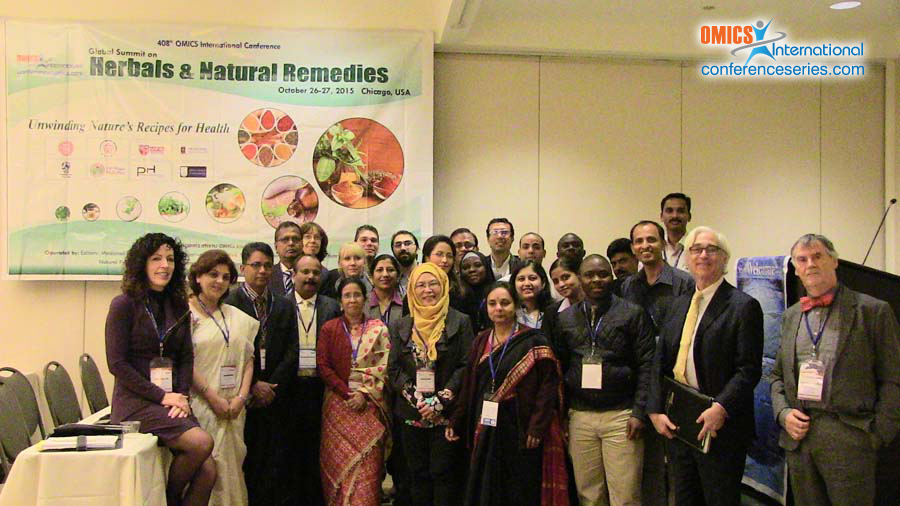
Muhammad Tayyab Akhtar
University Putra Malaysia, Malaysia
Title: Metabolic changes in obese diabetic rats treated with ‘Andrographis paniculata’ extract determined by 1H NMR-based metabolomics
Biography
Biography: Muhammad Tayyab Akhtar
Abstract
Diabetes mellitus (DM) is a chronic metabolic disorder characterized by high blood glucose level or hyperglycemia. It is caused either by insulin deficiency (Type 1DM) or often combined with insulin resistance (Type 2 DM). Currently, 387 million people worldwide are suffering with diabetes and this number is expected to rise to 592 million by 2035. Andragraphis paniculata (A. paniculata) is an anual herb and widely cultivated in Southeast Asian countries for its medicinal use. In recent investigations, A. paniculata was found effective against Type 1 DM. In order to test the anti-diabetic activity of A. Paniculata aganist type 2 DM. Here, we used a non-genetic out-bred Sprague–Dawley rat model fed with high-fat diet (HFD) for obesity (model 1) and combination of HFD with a low-dose of streptozotocin induced to develop an obese-diabetic rat model (model 2). Proton Nuclear Magnetic Resonance (1H NMR) spectroscopy in combination of multivariate data analyses was used to evaluate the A. paniculata and metformin induced metabolic effects on obese and obese diabetic rat models. Compare to the normal rats, high levels of creatinine, pyruvate, acetoacetate and acetate were found in the urine of obese rats. Whereas, obese-diabetic rats were marked by high glucose level, and low creatinine, 2-oxoglutarate, citrate, succinate, and hippurate levels. Treatment with A. paniculata leaf water extract (at a dose of 200 mg/kg body weight) was able to partially restore the disturbed metabolism of an obese-diabetic animal model back towards normal conditions. A. paniculata increased the levels of creatinine, alantoin, malonate and hippurate, whereas, significantly decreased the levels of glucose and taurine in obese-diabetic rats. The use of metabolomics was found to be a practical and useful approach towards understanding the effects of A. paniculata water extract on the body fluids of diabetes-induced rats.



